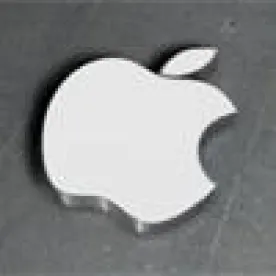Apple, Inc. v. Samsung Elecs. Am., Inc.
Addressing the issue of damages for trade dress and design patents, the U.S. Court of Appeals for the Federal Circuit upheld the bulk of Apple’s roughly $930 million damages award, noting that there is no apportionment required for design patent based damages. Apple, Inc. v. Samsung Elecs. Am., Inc., Case Nos. 14-1335, 15-1029 (Fed. Cir., May 18, 2015) (Prost, C.J.).
After a jury awarded Apple more than $1 billion in damages for diluting Apple’s trade dress and infringing Apple’s design and utility patents, the district court reduced the award to approximately $690 million and ordered a retrial on some of the damages issues. After a retrial, a second jury awarded an additional $290 million to Apple, bringing the total damages owed by Samsung to $930 million.
Samsung appealed the jury verdicts, challenging the findings of trade dress dilution and infringement of design and utility patents. With respect to trade dress infringement, Samsung argued that Apple’s trade dress—generally directed to Apple’s well-known rectangular product with rounded corners and flat surface—was functional and therefore not protectable. The Federal Circuit agreed and reversed the portion of the award based on trade dress infringement.
With regard to damages awarded for Samsung’s infringement of Apple’s design patents, Samsung argued that it was legal error to allow the jury to award Apple all of Samsung’s profits on the infringing smartphones. According to Samsung, damages should have been limited only to profits that are causally attributable to Samsung’s infringement. In other words, Samsung argued that Apple was required to apportion damages for infringement of design patents, the same way as is required for infringement of utility patents.
In rejecting Samsung’s argument, the Federal Circuit relied on the express language of 35 U.S.C. § 289, which provides that the infringer of a design patent is “liable to the [patent] owner to the extent of [the infringer’s] total profit.” In other words, § 289 explicitly authorizes an award of the total profits from an article of manufacture bearing the patented design. In comparison, in accordance with § 284 a utility patent owner is only entitled to damages “adequate to compensate for the infringement, but in no even less than a reasonable royalty.” Addressing criticism from an amicus brief, the Federal Circuit noted that while “Amici 27 Law Professors argues that an award of a defendant’s entire profits for design patent infringement makes no sense in the modern world,” the Court is “bound by what the statute says, irrespective of policy arguments that may be made against it.”
Practice Note: Since § 298 authorizes the owner of an infringed design patent to recover the infringer’s total profits without the need to apportion damages in any way, asserting design patents may be attractive to patentees.



 />i
/>i

